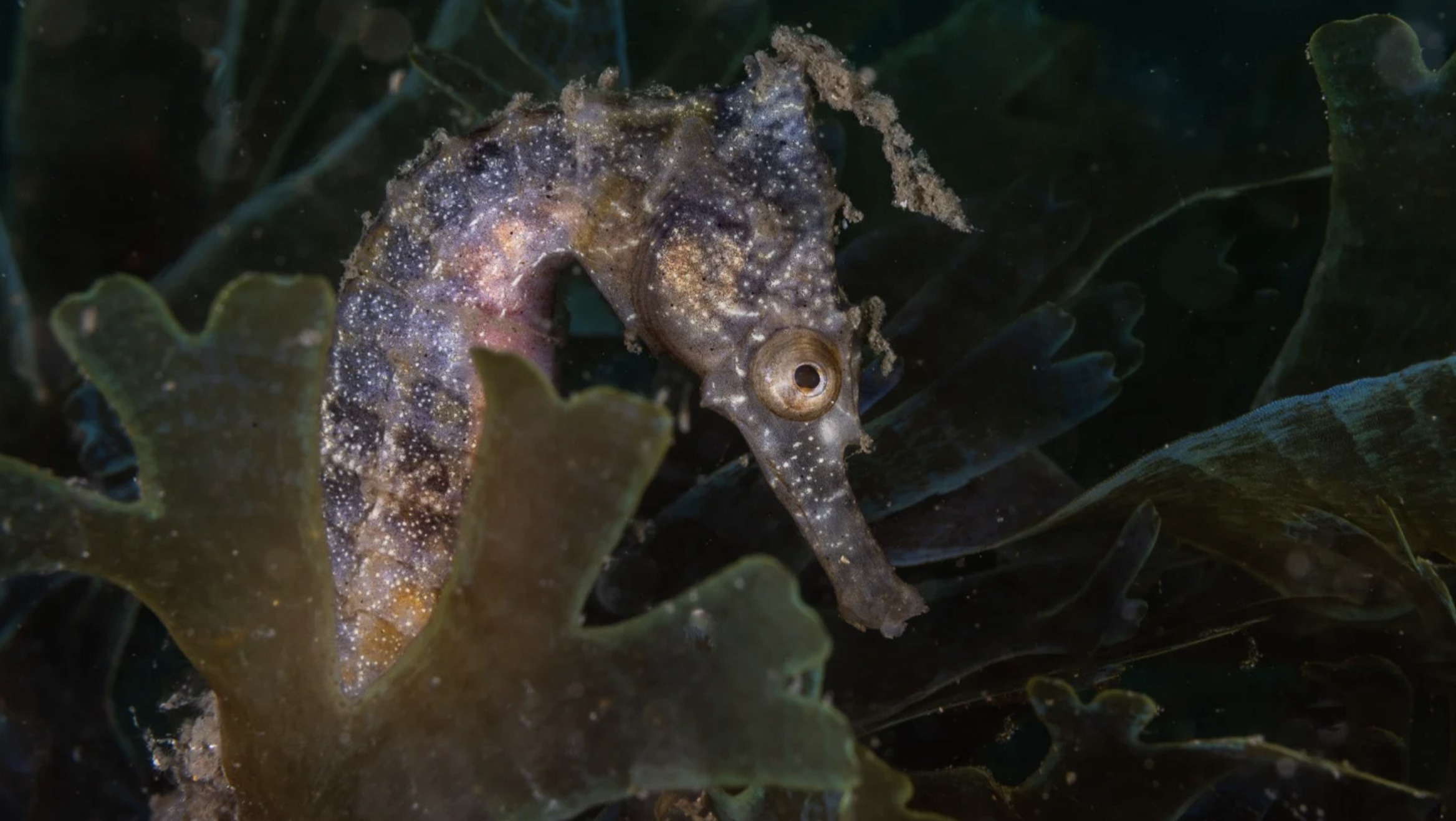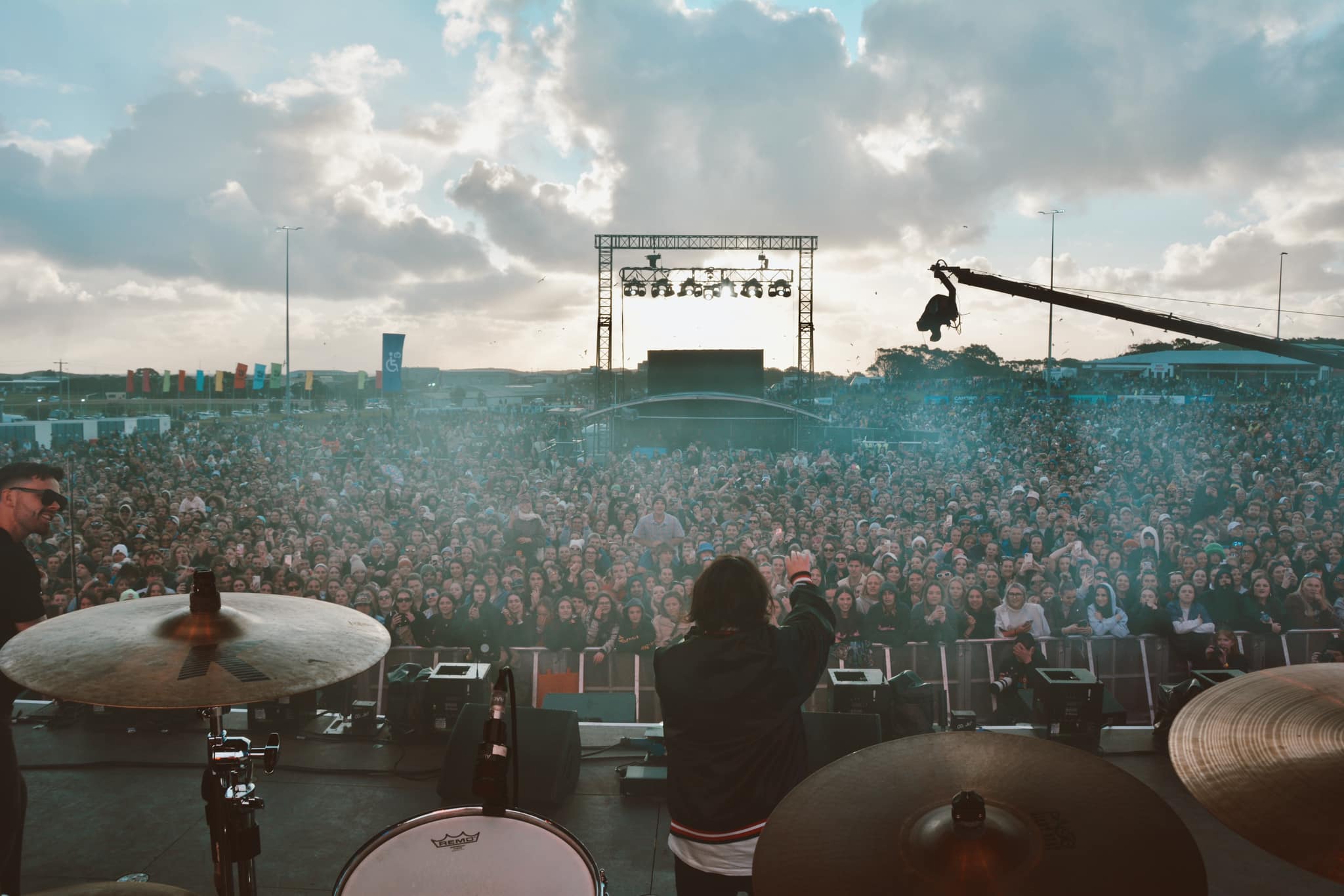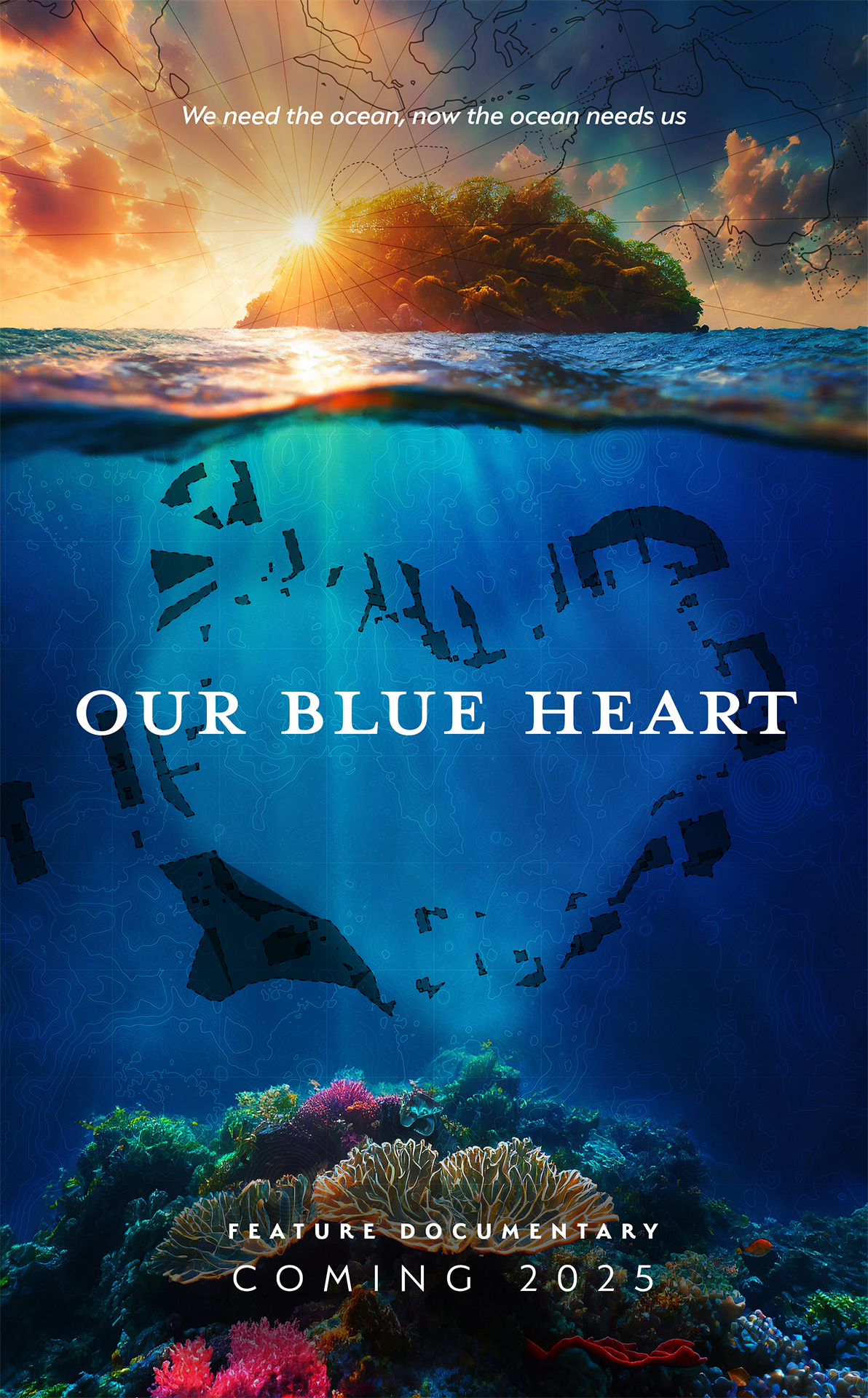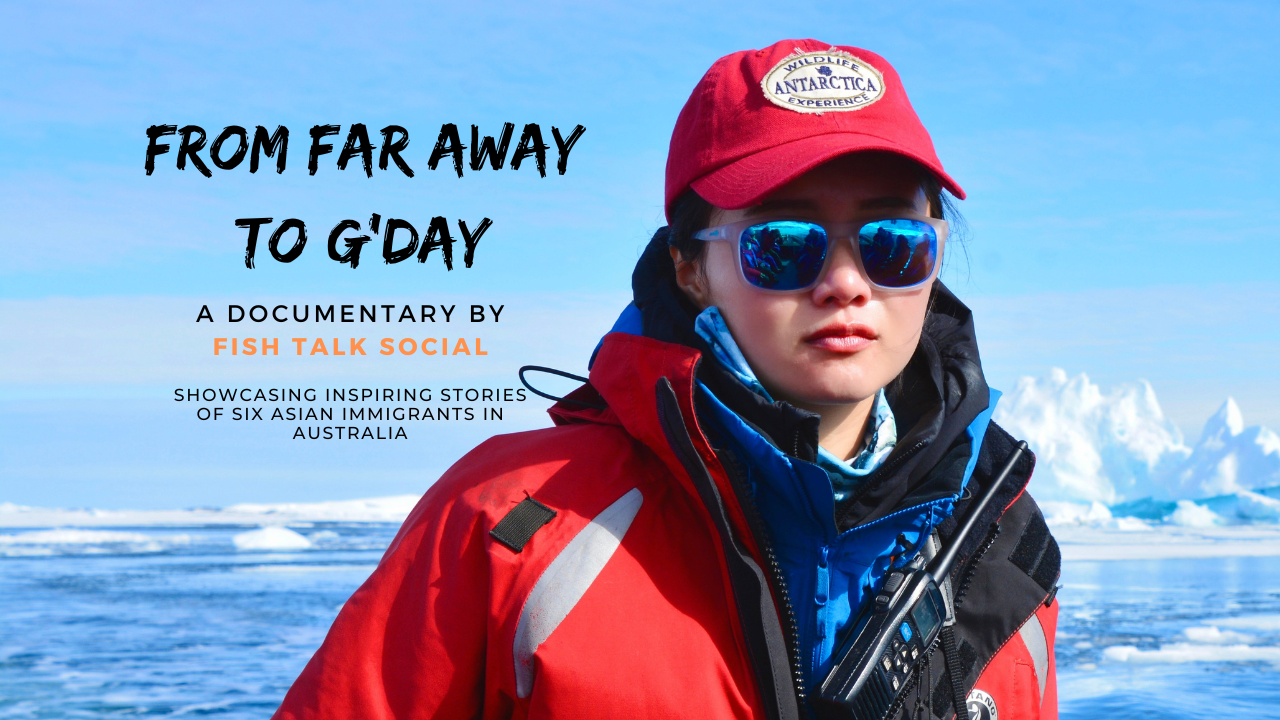Three young Christmas Islanders (CI) are about to decide whether to leave their island home to pursue careers on the mainland, or to stay and save their declining community. Each coming from one of the three main ethnicities in the community of 1300, they live a similar life under different cultural influences. With the impending closure of a local phosphate mine and the imminent arrival of Union Day: the 50th celebration of the islands fight against worker oppression, a burden rests on the protagonists to balance their personal aspirations with their responsibility to be the islands future. This documentary follows our protagonists in the weeks leading up to Union Day, giving us a unique insights into the complex dynamics of life on a remote island and what it may mean to leave it behind when it needs them most.
—
Guardians of Paradise is an eye-opening and life-affirming documentary that conveys the burden resting on remote young Australians to be the future of their challenged communities.
The film documents the intricacies of three culturally opposed young lives in the same tightly knit community, framed against a backdrop of one of Australia’s most scarred and stunning landscapes.
Their personal accounts highlight how pride, responsbility, fear and aspiration guide and trouble the young islanders minds and how their community may help them in this challenging time.








